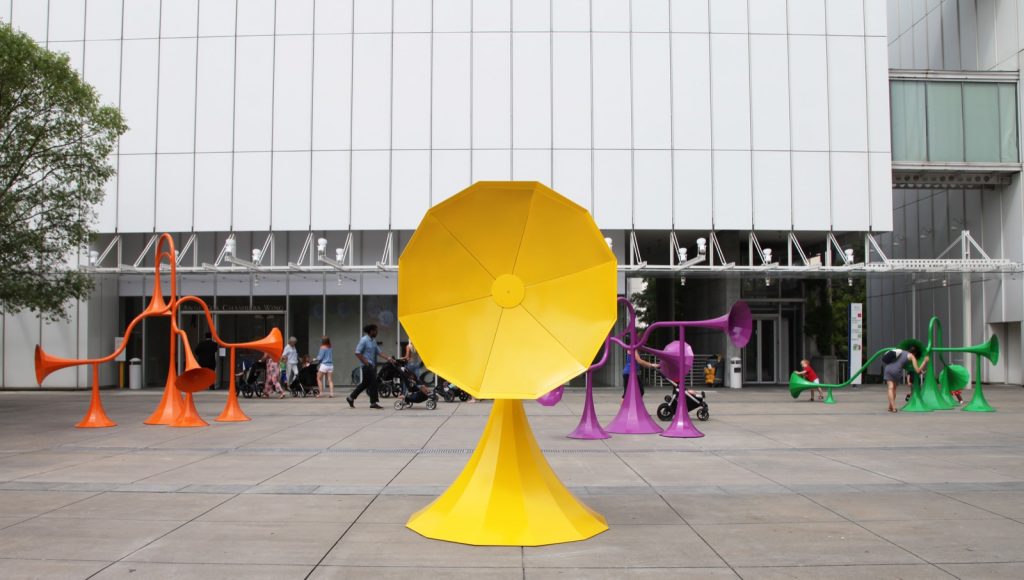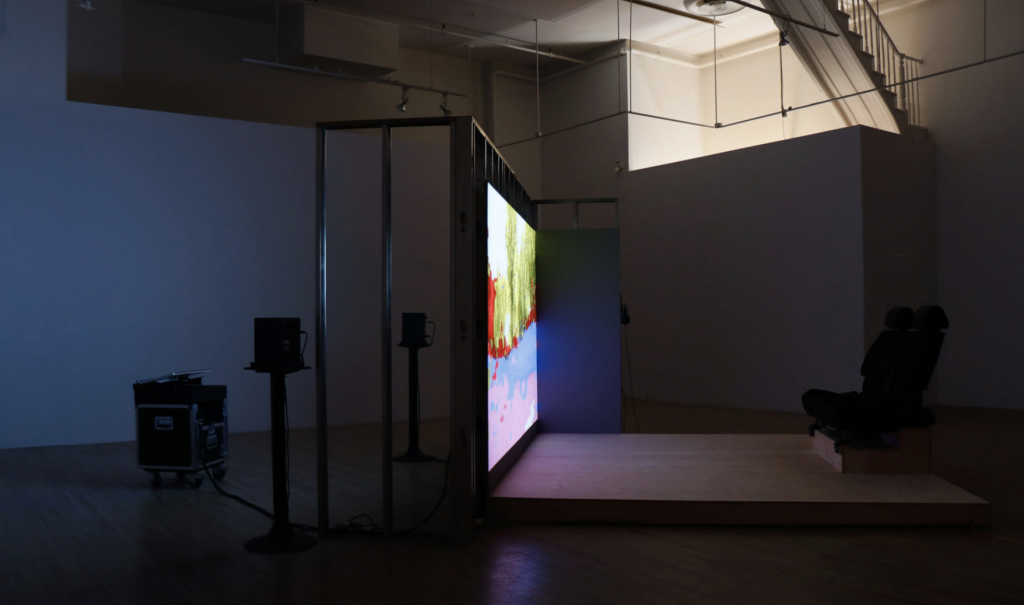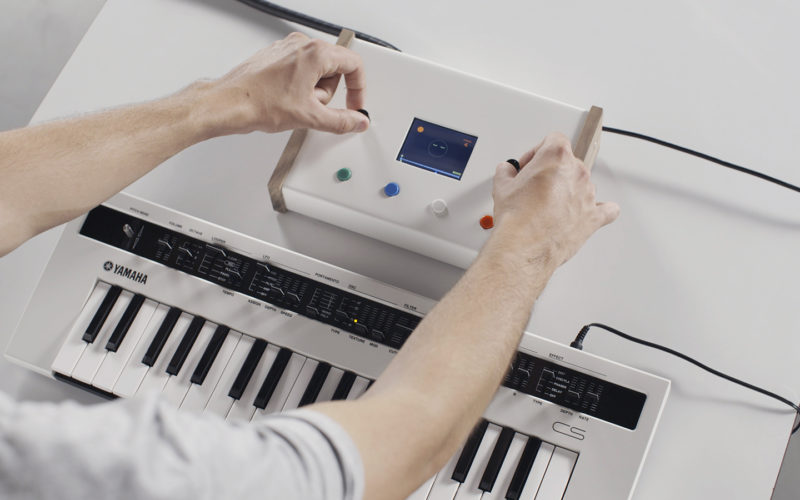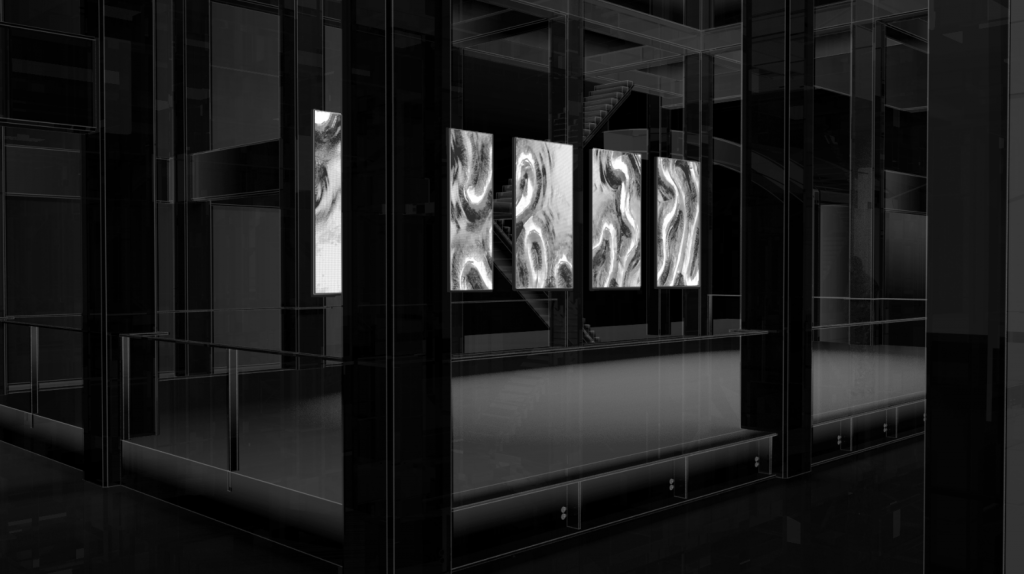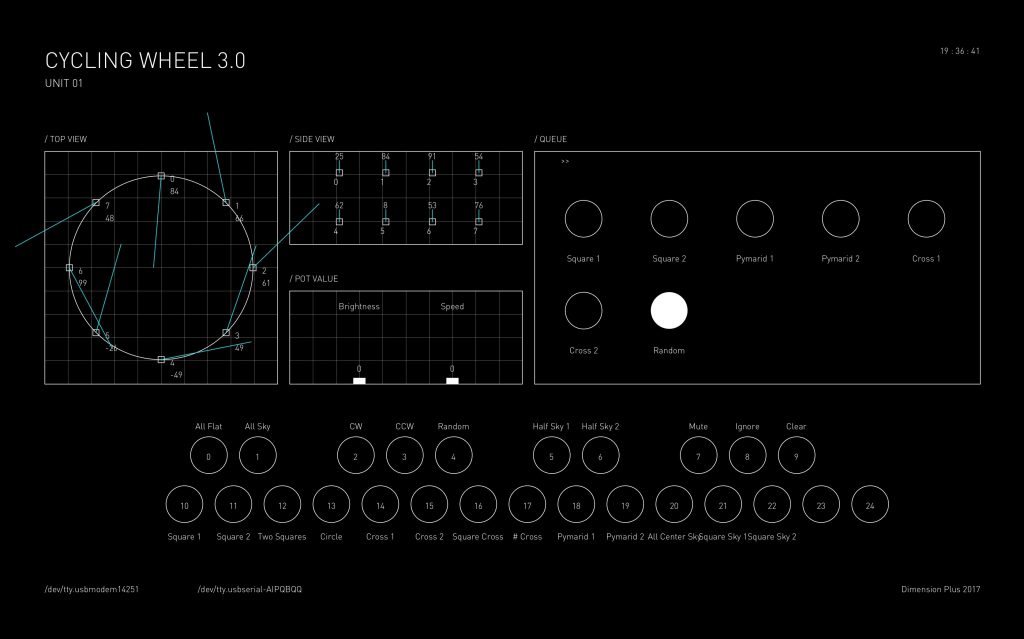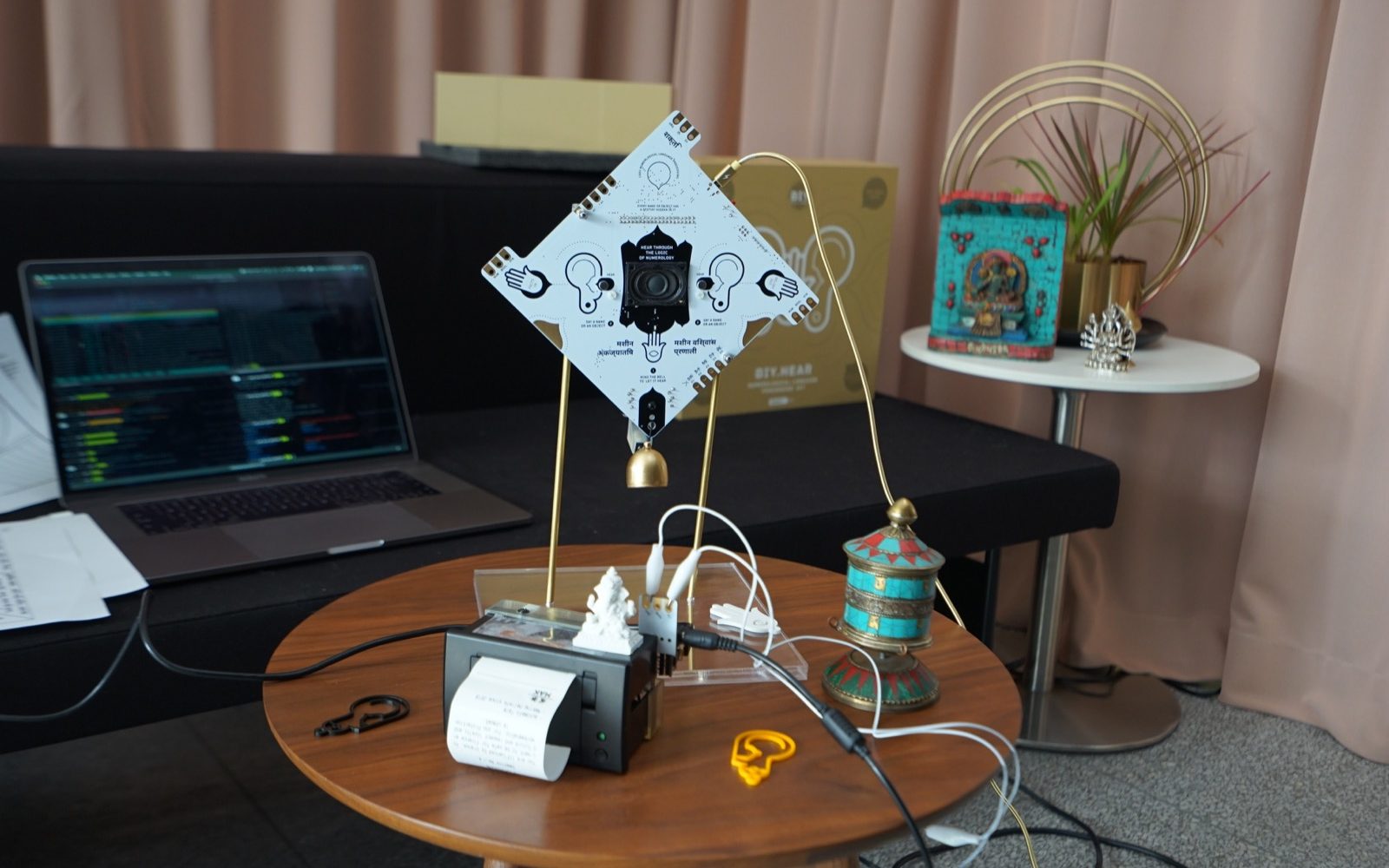
BIY Believe it Yourself is a fascinating project that allows machine learning to create subjective outputs using inputs from the environment. Created by Shanghai based design studio automato.farm, tt is interesting in that the project uses the logic boards as part of the physical artistic representation of the concept. Superstitions and fortune telling from different cultural folktales are programed into Rasberry Pi in order to compute random results to audio. For example, if a person’s name is spoken aloud, the computer interprets the name and outputs a lucky number and destiny based on Indian Numerology and Astrology. The studio, automato. farm, is known for their work regarding social commentary. This is a very fitting design, because it shows that people live with superstitions but computers seem to be objective. The subjectivity of these computers gives humanity to computing in a new way.
Link to project: https://www.creativeapplications.net/scripts/biy-believe-it-yourself-real-fictional-belief-based-computing-kits-by-automato/
![[OLD FALL 2019] 15-104 • Introduction to Computing for Creative Practice](../../../../wp-content/uploads/2020/08/stop-banner.png)
